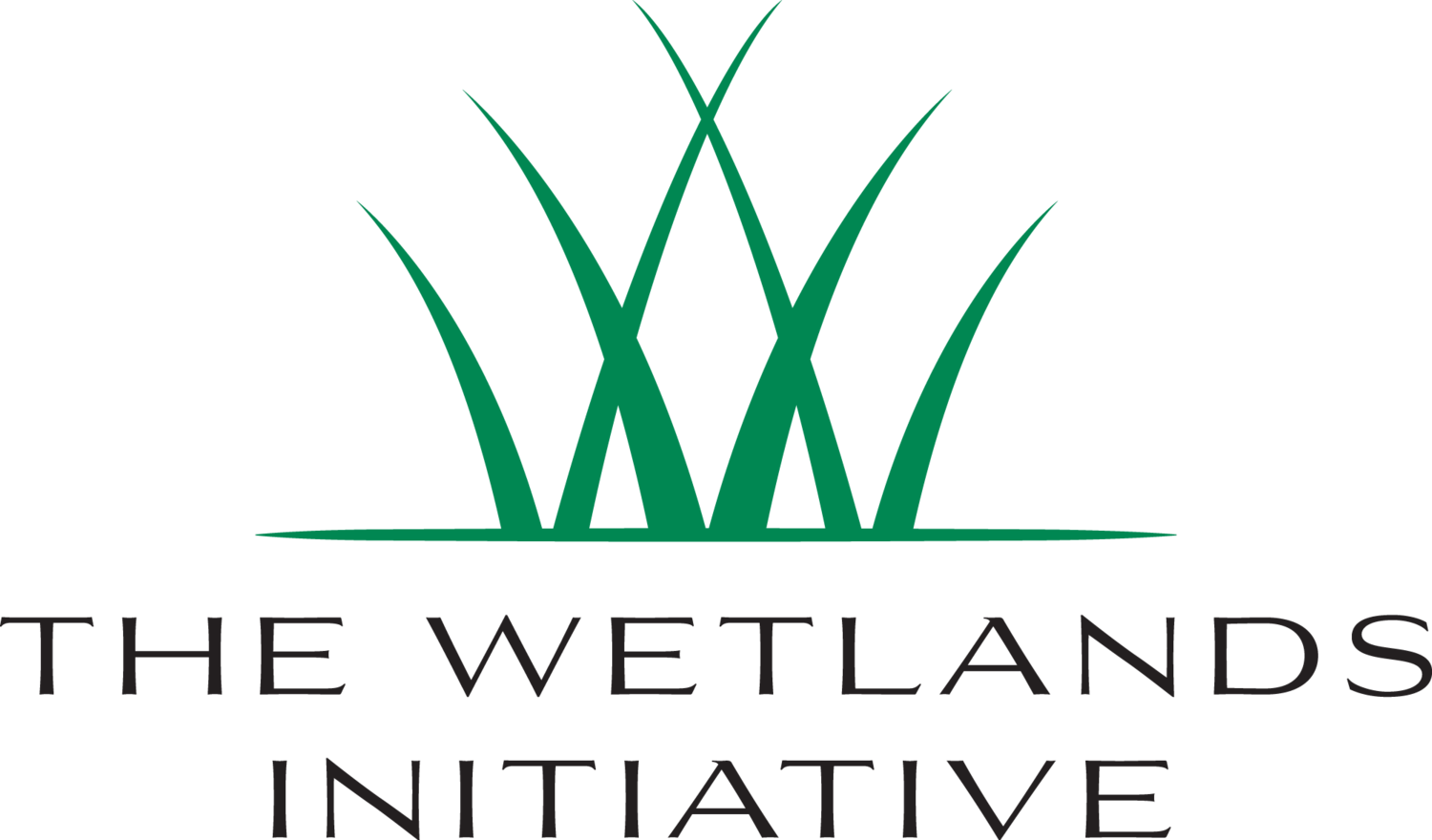Q: How do you know that a wetland restoration is successful?
Currently, there is a lot of debate among scientists on how best to determine whether a restoration project is successful. Evaluating restoration success is important not only to see if we accomplished what we set out to do, but to help restoration practitioners improve their future projects.
Wetlands are restored for a variety of purposes, and different metrics are used to measure success depending on the goals of the restoration. At the Wetlands Initiative's Lobelia Meadows Restoration Project at Midewin National Tallgrass Prairie, our primary goal is to return high-quality, biologically diverse wetland and prairie habitats that function ecologically as close as possible to presettlement systems. Appropriate metrics to evaluate success in achieving this goal include number of native plant species present, presence and density of invasive plant species, coverage of wetland habitat, hydrological measurements, and surveys for selected wildlife species of interest.
Although there is no one "silver bullet" method, much can be done to see if a restoration is on track. Following the restoration plan and keeping track of the inputs (quantity of seed planted, number of species planted as plugs) is one way to make sure that restoration targets are met. However, strictly following these steps does not guarantee success, as many unexpected obstacles might occur (a dry or a wet year, a new invasive species, inability to conduct a burn). That is why most restoration and conservation managers, including TWI ecologists, follow a strategy called adaptive management.
Through careful monitoring, adaptive management allows project managers to respond to changes or obstacles encountered on the ground as the project progresses and readjust the work plan as needed to meet the objectives. Monitoring can be done both informally, by walking the area regularly to identify the challenges, and in a formal way, through designed surveys. At the Wetlands Initiative, we feel it is essential to do both types of monitoring to ensure the restoration goals are met. At Lobelia Meadows, the formal monitoring consists of plant surveys, hydrological monitoring, and amphibian surveys.
At the Lobelia Meadows Restoration Project, TWI has collected a lot of baseline data (data before work was started), which can then be compared to data collected during the project and at project completion, to be able to see the changes resulting from our actions. One type of data collection is done through plant survey. With the help of TWI's Senior GIS Analyst, last summer I visited 96 randomly assigned points on the project and recorded the species present and the area they covered in 1-meter-square quadrants. That survey helped to determine what species were present where, and which areas of the project had a high density of invasive species so they can be treated at the best appropriate time.
Former TWI restoration ecologist Iza Redlinski and GIS analyst Jim Monchak measure the depth to bedrock before installing a groundwater well at Lobelia Meadows.
Also, each plant species has multiple pre-determined values assigned to it, such as its conservation value (how rare it is and how often it is encountered in a high-quality habitat) or wetness value (whether the plant is found mostly in wetlands or uplands). Tracking those in each quadrant over time will allow TWI ecologists to measure progress in restoration, such as possible increase in conservation and biodiversity values, decrease in invasive cover, or increase in "wet-loving" plants. Those values can also be compared to the values of reference wetlands—similar ecosystems that have not been altered and are considered high-quality remnants. The Grant Creek Prairie Nature Preserve adjacent to Midewin provides an excellent reference site.
TWI ecologists have also installed 13 groundwater wells on the Lobelia Meadows Restoration Project, through which we can measure the amount of water present in the groundwater table (in other words, how deep under the soil surface water persists). These measurements allow us to determine whether our hydrologic restoration (such as removing drain tiles and filling ditches) was effective and allows us to better anticipate the ecosystems that will develop on the project site.
One of the goals of TWI's restoration projects is to provide a habitat to many animals, especially those that will suffer due to climate change. As our summers get hotter and drier, many amphibians will be at increasing risk in the Prairie State. Wetland restoration is crucial for amphibian survivorship. Therefore, TWI staff also perform frog call surveys to determine which frogs are present and in what density on our sites. We're also performing tadpole surveys to determine the breeding success of amphibians at the developing wetlands.
In discussing these evaluation efforts, it is important to note that ecosystems develop over decades, if not centuries. Most restoration projects take, at best, 3-5 years and at that time the ecosystem has not fully matured. Consequently, the data TWI collects at the end of the four-year Lobelia Meadows project will only provide an early picture of restoration progress. On-going site management (at Midewin, conducted by the U.S. Forest Service) is necessary to ensure continuing progress in ecosystem development.
Various other methods are used by agencies and organizations to determine habitat quality or project success. Each has its merits as well as shortcomings. To learn more, visit the websites of the Illinois Natural History Survey's Illinois Natural Areas Inventory, the U.S. Army Corps of Engineers, and the U.S. Fish and Wildlife Service.
~Iza Redlinski, former restoration ecologist, the Wetlands Initiative
